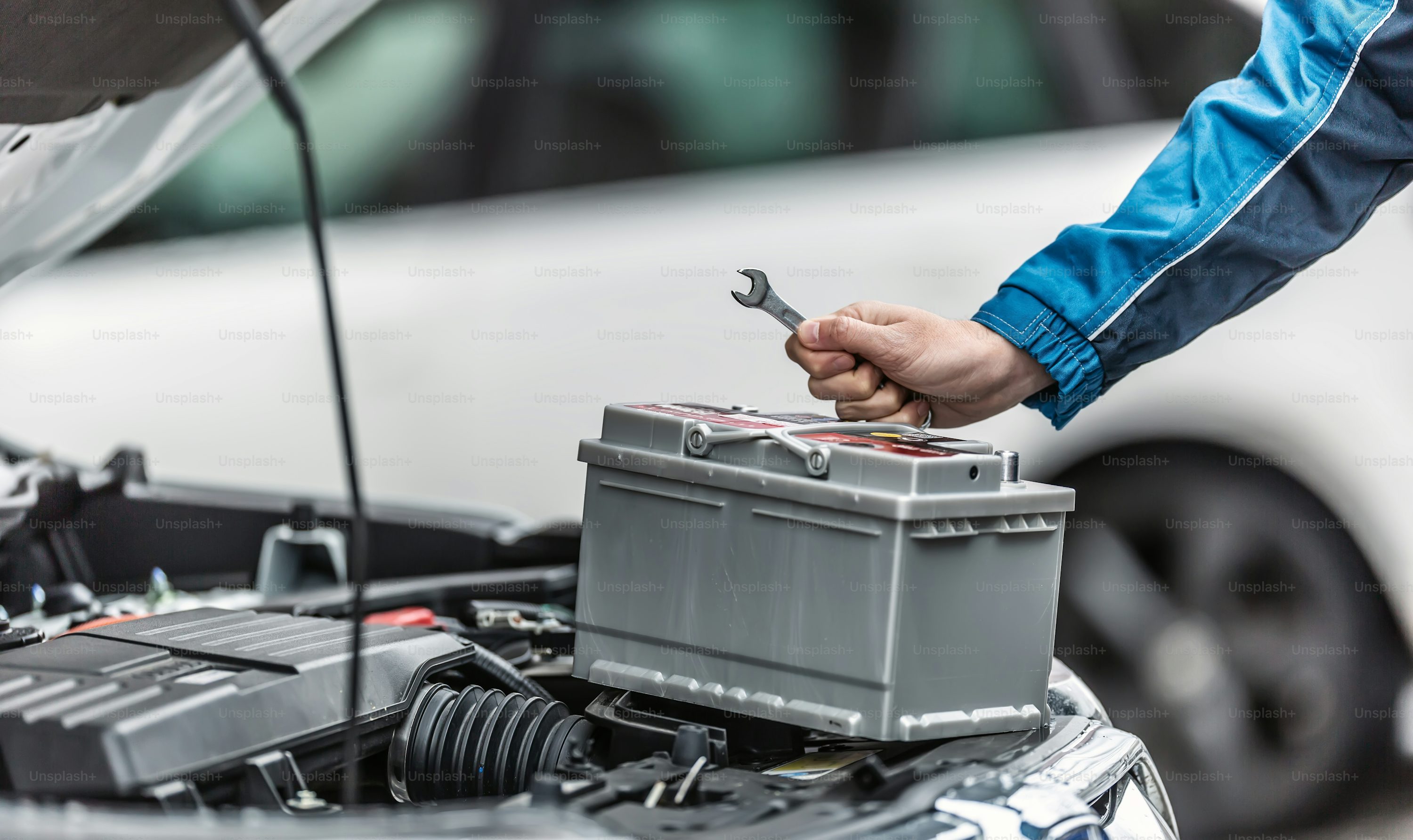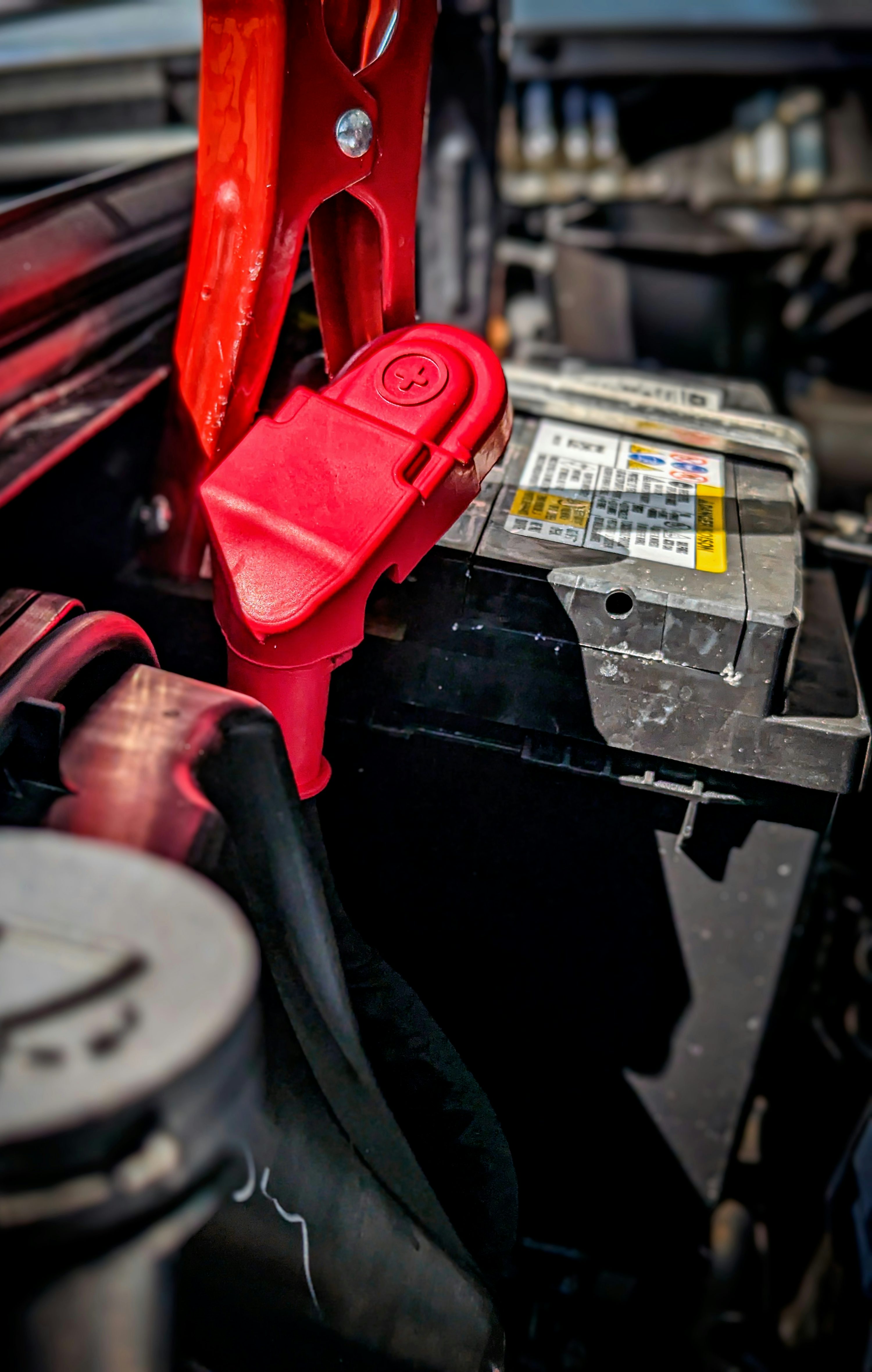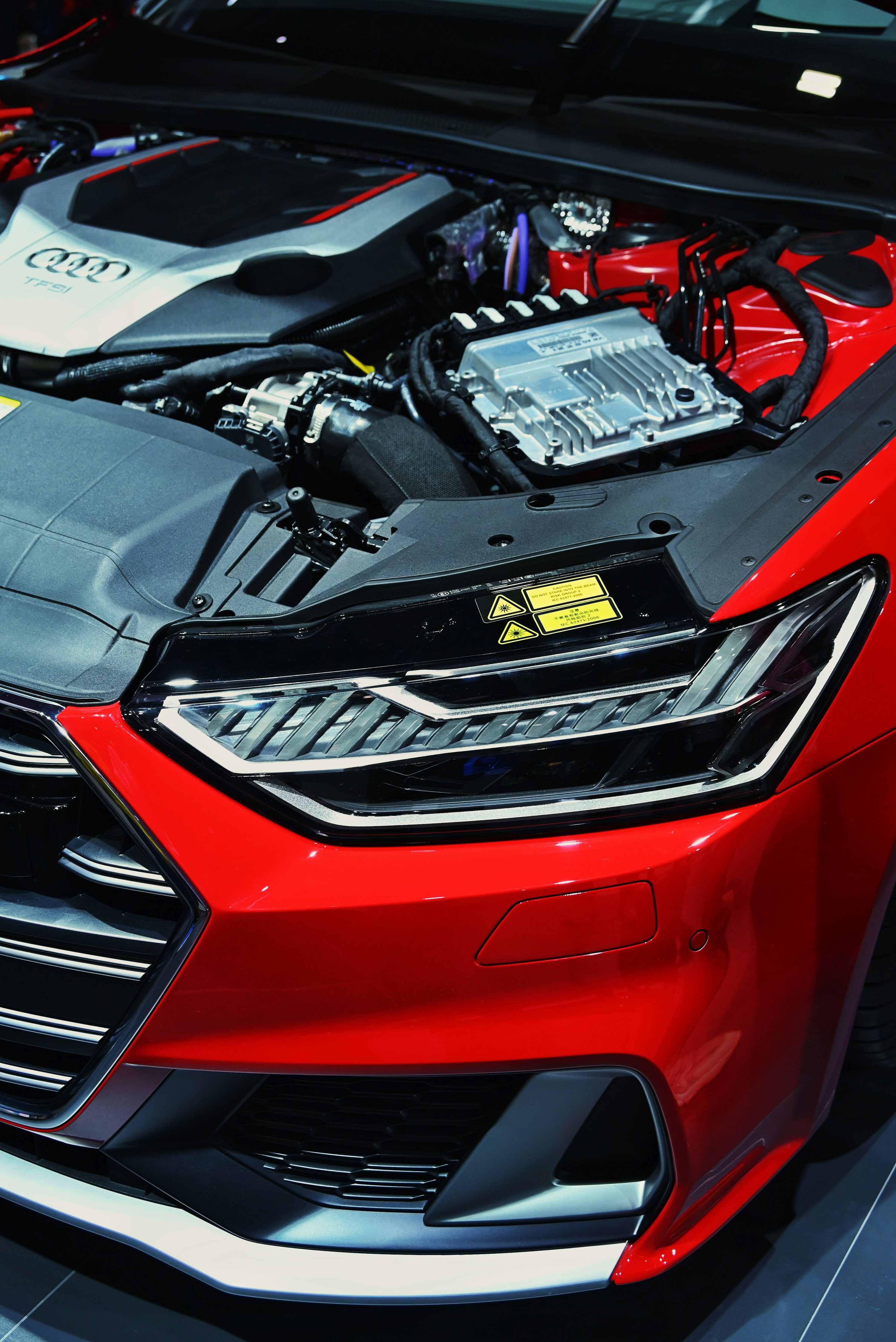- The Short Answer You Need First
- What Happens When Battery Dies While Driving?
- Short-Term vs Long-Term Solutions
- Why Newer Cars Need Batteries More Than Ever
- FAQ
Ever wondered if your car can keep going without its main power source? Let's uncover the truth about car batteries, what makes your vehicle run, and why this small box is so vital for every journey.
The Short Answer You Need First
Modern gasoline-powered cars, unlike older models, heavily rely on their car battery. Simply put, they cannot run without a battery for more than a few minutes, if at all, once the engine is started. The battery is pivotal; it provides the crucial burst of electrical energy needed to ignite the fuel in your engine, kickstarting the whole process.
Beyond ignition, it powers countless critical systems. Think of it as the brain and nervous system of your car before the engine fully wakes up. These systems include:
Engine control computers
Fuel injectors
Your instrument panel and dashboard lights
Headlights and other exterior lights
The radio and infotainment system
Power windows and door locks
Even with a healthy alternator—which is designed to generate electricity to run the car and recharge the battery once the engine is running—removing a fully functioning battery will typically cause the vehicle to stall. This happens because the battery acts as a crucial stabilizer for the entire electrical system, preventing harmful voltage spikes and drops that can confuse or even damage sensitive computer components.
What Happens When Battery Dies While Driving?
Imagine you're driving, and suddenly your car battery gives up. It's a stressful moment, but understanding what happens can help. When the battery dies while you're on the road, even if your alternator is working, the effects are usually sudden and severe. Your car’s electrical system begins to falter rapidly.
Immediate Effects
You might notice:
Dashboard lights fading or flickering oddly
A noticeable reduction in engine power, causing the car to slow down
Headlights dimming progressively, making night driving unsafe
Audio system cutting out or acting strangely
Power steering becoming stiff and hard to turn
Complete power loss within roughly 2-5 minutes, leading to the engine stalling
Temporary Workaround
For cars with a manual transmission, there's a classic trick called a "push start" or "bump start." This method is not for automatic cars and requires some effort, but it can get you to a safe spot if a jump-start isn't possible. Here’s how it works:
Make sure you're in a safe area, perhaps on a slight downhill slope, or have a few strong friends to help push.
Turn the car key to the "on" position, but don't try to crank the engine.
Put the car into second gear. Keep the clutch pressed down.
Get the car moving, either by pushing or rolling downhill, until it reaches about 3-5 mph (5-8 km/h).
Quickly release the clutch while keeping your foot lightly on the accelerator. The sudden engagement of the wheels with the engine should make it start.
Once the engine fires up, press the clutch in again and drive directly to a repair shop to have your battery or alternator checked.
Short-Term vs Long-Term Solutions
When your car battery fails, you'll need a solution. Some fixes are quick and easy, designed to get you moving immediately, while others are more permanent repairs for the long run.
Quick Fixes (Under 30 mins)
These methods are great for getting out of a tight spot, but they don't solve the underlying problem with your battery or electrical system.
Method | Works On | How It Helps | Duration of Fix |
|---|---|---|---|
Jump-start | All gasoline vehicles | Uses another car's power to start yours. | Temporary; may last a few hours to a week if battery is truly failing. |
Portable Booster | Most modern cars | A self-contained battery pack provides instant starting power. | Immediate use; for dead batteries but not for recharging. |
A jump-start is the most common and fastest way to get your car moving again if the battery is dead. You'll need jumper cables and another vehicle with a working battery, or a portable battery booster. While effective, remember this is only a temporary solution to get an engine running. If your battery is old or damaged, it won't hold a charge for long.
Portable booster packs offer a convenient alternative to traditional jump-start cables. These devices are designed to give your car's electrical system the immediate power it needs to fire up your engine, perfect for solo drivers or emergencies.
Permanent Solutions
While a jump-start can get you out of a bind, it's not a fix for a truly failing battery or a problem with your car's electrical system. For long-lasting reliability, you will need to look into more permanent repairs.
These include:
Replacing a dead battery: This is often the first step if your battery is old or no longer holding a charge. Costs typically range from AED 330 - AED 920 (SAR 340 - SAR 940) depending on the battery type, brand, and vehicle.
Fixing alternator issues: If the issue isn't the battery but the alternator, then repairing or replacing this component is key. The alternator is responsible for keeping the battery charged and powering the car’s electrical components while the engine runs. Repairs can cost between AED 1,100 - AED 2,900 (SAR 1,130 - SAR 2,980), depending on the car model and labor.
Rewiring ignition system (rare): Issues with the car's ignition system or complex wiring are less common causes for a car not starting, but they can happen. This often involves deeper electrical diagnostic work and can be costly.
Why Newer Cars Need Batteries More Than Ever
Modern vehicles, especially those made from 2020 onwards, have an even greater reliance on their car battery. They are packed with more technology and complex electrical systems than ever before, putting a higher demand on the battery not just for starting but for continuous operation.
Here’s why the battery is indispensable for newer models:
Start-stop systems: Many modern cars automatically shut off their engine when stationary (at a traffic light, for example) to save fuel. The battery handles the frequent restarts, which is a much higher load than simply starting a car once.
Advanced safety features: Systems like lane-keeping assist, adaptive cruise control, automatic emergency braking, and blind-spot monitoring all rely on steady and consistent power from the electrical system. Any instability can compromise these crucial safety features.
Infotainment units: Large touchscreens, complex navigation systems, smartphone integration, and upgraded sound systems draw significant power, even when the car is off or just idling. The battery must support these features constantly.
Hybrid/electric components: Even hybrid cars, which have large high-voltage batteries, still use a traditional 12V battery for their standard vehicle electronics and to "boot up" the main hybrid system. This small battery powers the computers that control the big battery.
It's worth noting that even fully electric vehicles (EVs) require a small 12-volt accessory battery. This battery powers basic controls like door locks, windows, lights, and screens when the main propulsion battery is not engaged. It's a critical part of their electrical system too, proving the 12V battery's fundamental role across all vehicle types.
FAQ
Q:Can I remove the battery after starting the car?
A: Absolutely not. While the alternator generates electricity to power the car and recharge the battery once the engine is running, it cannot maintain a stable voltage alone. The car battery acts as a crucial buffer and voltage regulator for the entire intricate electrical system. Removing it would cause severe voltage fluctuations, which can instantly lead to significant and expensive damage to your car's delicate computer modules, sensors, and other electronic components. It's a common misconception that the alternator provides all the power once the car is running, but it relies on the battery to smooth out its output.
Q:Will a car run with a weak battery?
A: Yes, your car might run temporarily with a weak battery, especially if the alternator is functioning well enough to power the vehicle while it’s running. However, this is a risky situation that you should address immediately. A weak battery puts extra strain on the alternator and can lead to sudden stalling, particularly at low speeds or when using many electrical accessories like the AC or headlights. It will also struggle to start the car, especially in cold weather.
You should replace your car battery if you notice any of these typical signs:
Slow engine crank, meaning the engine turns over sluggishly when you try to start it.
Flickering lights, both inside the cabin and your headlights, indicating inconsistent power.
Warning messages on your dashboard related to the battery or charging system.
Corrosion build-up on the battery terminals.
The battery is several years old (typically 3-5 years is its lifespan).
Q:Do electric cars need 12v batteries?
A: Yes, despite having massive high-voltage battery packs for propulsion, all electric vehicles (EVs) still include a smaller 12-volt battery. This independent battery is essential for powering the car's standard accessories and onboard computer systems. It handles critical functions like door locks, infotainment screens, dashboard lights, headlights, and safety systems. It also provides the initial low-voltage power to 'wake up' the main high-voltage system or engage contactors. So, if your EV won't start, it could very well be a dead 12V battery, not the large traction battery. Understanding this is key to troubleshooting an EV that won't power on.
Read More:
Volkswagen Tiguan Price Guide:Your Comprehensive Cost Analysis













